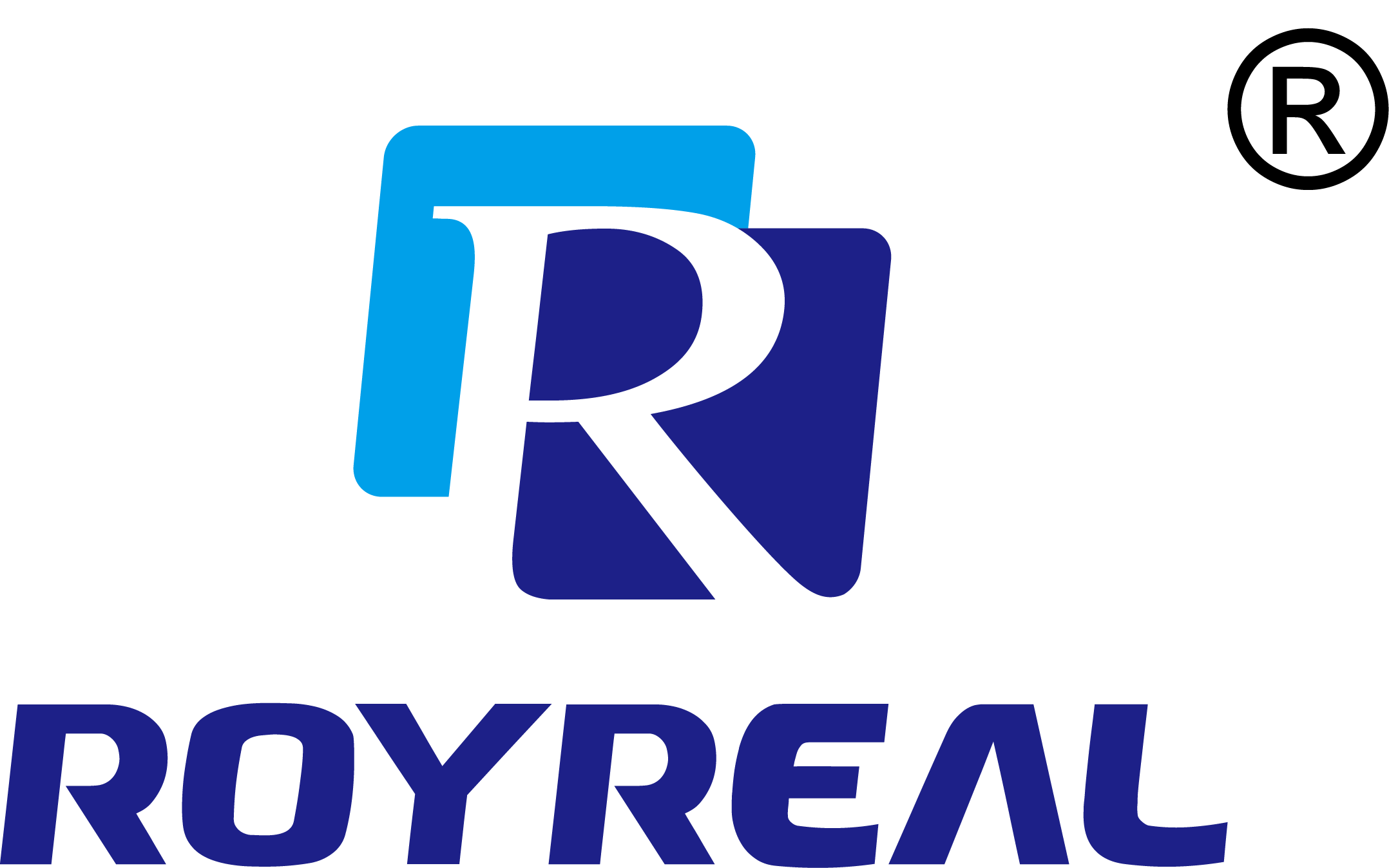Unlocking the Secrets: Understanding the Working Principle of Sonic Nozzles in Gas Flow Standard Facilities
Category: Industry News
Time:2024-12-09
**Introduction**
Gas flow standard facilities play a crucial role in ensuring accurate measurements and maintaining safety standards in various industries. Among the key components of these facilities are sonic nozzles, which are designed to control and regulate the flow of gas with precision. In this article, we will delve into the working principle of sonic nozzles, their functionality, and the benefits they offer in gas flow standard facilities.
**What are Sonic Nozzles?**
Sonic nozzles are specialized devices used to control the flow of gas by accelerating it to sonic speed. This unique design allows for precise control over the flow rate and ensures consistent and accurate measurements in gas flow standard facilities. The key to the functionality of sonic nozzles lies in their ability to reach sonic speed, where the flow of gas becomes choked and the velocity remains constant regardless of changes in pressure.
**The Working Principle of Sonic Nozzles**
At the heart of sonic nozzles is the principle of critical flow, where the flow of gas reaches sonic speed at the throat of the nozzle. This critical point is crucial for maintaining a constant flow rate and ensuring accurate measurements in gas flow standard facilities. By carefully designing the shape and dimensions of the nozzle, engineers can control the flow of gas and achieve the desired sonic speed.
**Benefits of Sonic Nozzles in Gas Flow Standard Facilities**
One of the main advantages of using sonic nozzles in gas flow standard facilities is their ability to provide accurate and reliable measurements. The precise control over the flow rate ensures consistency in testing and calibration processes, leading to improved overall performance and reliability. Additionally, sonic nozzles are highly durable and require minimal maintenance, making them a cost-effective solution for gas flow standard facilities.
**Applications of Sonic Nozzles**
Sonic nozzles find widespread applications in various industries, including aerospace, automotive, and manufacturing. They are commonly used in gas flow standard facilities for calibrating flow meters, testing equipment, and conducting research and development. The versatility and precision of sonic nozzles make them indispensable tools for ensuring accurate measurements and maintaining quality standards in gas flow standard facilities.
**FAQs**
1. **What is the role of sonic nozzles in gas flow standard facilities?**
Sonic nozzles are used to control and regulate the flow of gas with precision, ensuring accurate measurements and maintaining safety standards.
2. **How do sonic nozzles achieve sonic speed?**
Sonic nozzles accelerate the flow of gas to sonic speed at the throat of the nozzle, where the flow becomes choked and the velocity remains constant.
3. **What are the benefits of using sonic nozzles in gas flow standard facilities?**
Sonic nozzles provide accurate measurements, consistent testing processes, and cost-effective maintenance solutions for gas flow standard facilities.
4. **Where are sonic nozzles commonly used?**
Sonic nozzles find applications in aerospace, automotive, manufacturing, and research industries for calibrating flow meters, testing equipment, and conducting R&D.
5. **How do sonic nozzles contribute to improving performance in gas flow standard facilities?**
Sonic nozzles ensure precise control over the flow rate, leading to improved accuracy, reliability, and overall performance in gas flow standard facilities.
**Conclusion**
In conclusion, sonic nozzles play a vital role in gas flow standard facilities by providing precise control over the flow of gas and ensuring accurate measurements. Their unique design and working principle make them indispensable tools for maintaining quality standards and improving performance in various industries. By understanding the inner workings of sonic nozzles, engineers and researchers can harness their capabilities to enhance testing processes, calibration procedures, and research and development activities.
Keywords:
 EN
EN RU
RU SP
SP
